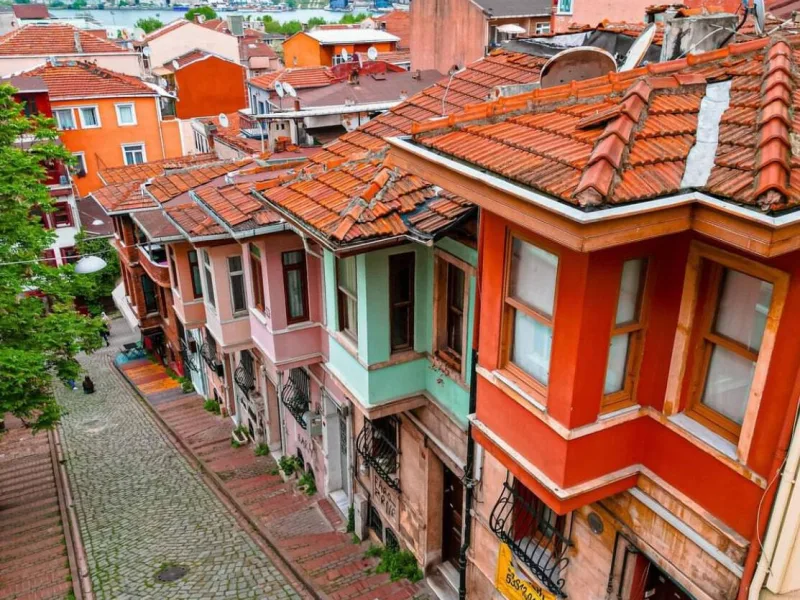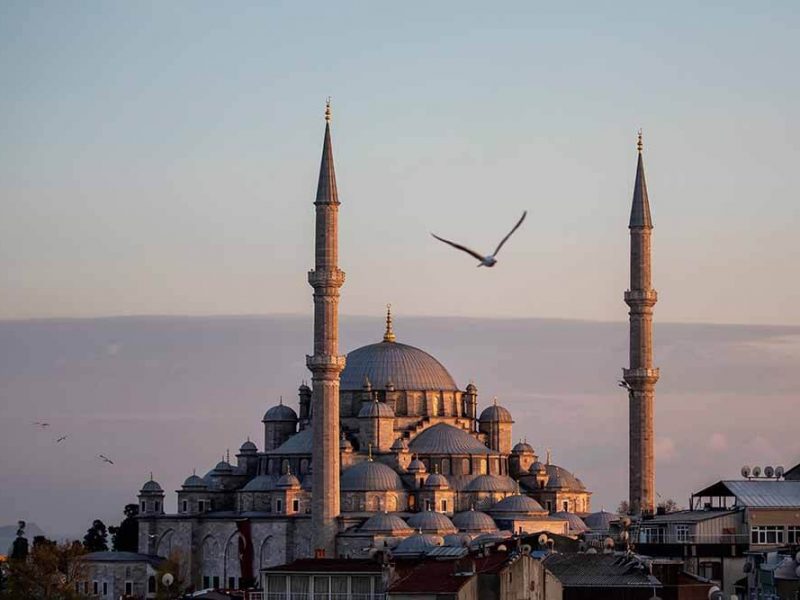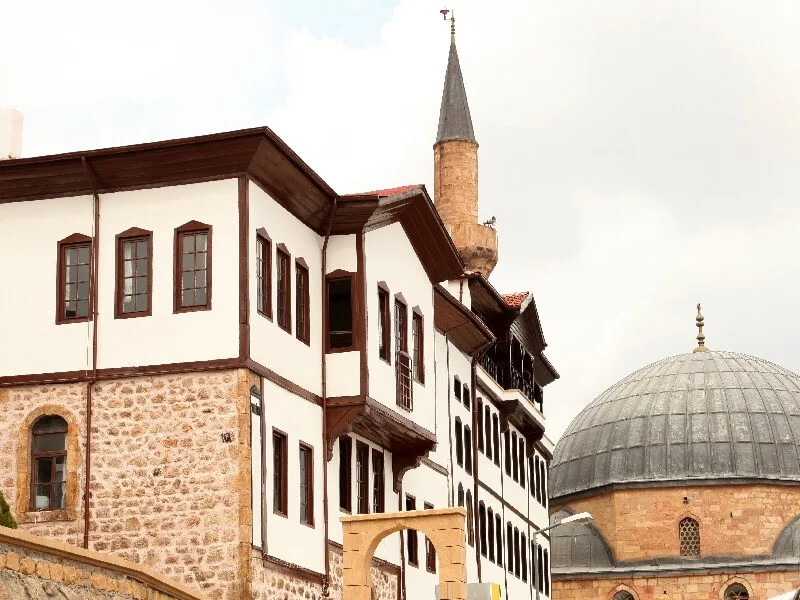Sakarya province is located in the Marmara Region and earns attention with its closeness to Istanbul – and thanks to the crowds! Being in the middle of Düzce, Kocaeli, Bursa, Bolu, and İstanbul cities, Sakarya is a province which is nourished from the Black Sea. Famous for İzmit Gulf and Sapanca Lake, Sakarya is made up of both plain and mountainous lands. Mediterranean and Black Sea climates are in effect in the coastal areas of Sakarya, and it is one of the few cities where both nuts and olives are grown.
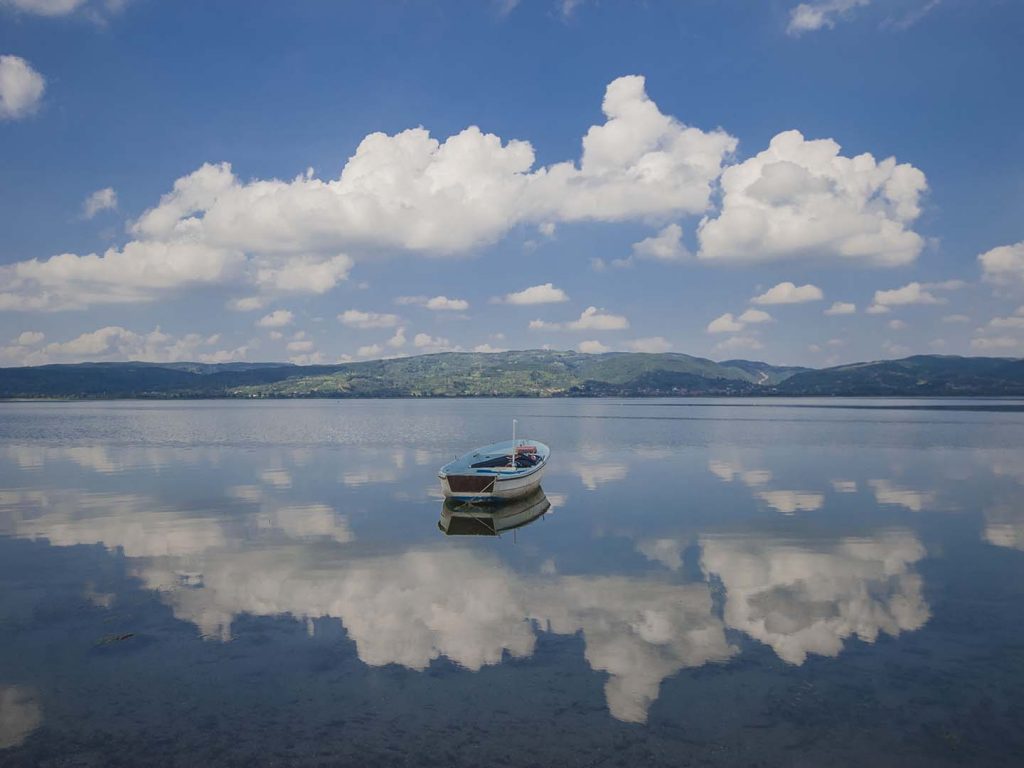
Sapanca Lake in Sakarya, Turkey
Places to Visit
The beginning of the Hittites, which initiated the first Anatolian Union, also meant the beginning of Sakarya. When Hittite was divided, Sakarya came under the domination of the Phrygians, Lydians, Persians, Macedonians, Romans, and the Byzantines consecutively. Finally, it came under the domination of the Ottoman Empire and has survived to the present day, all while accumulating a rich historical culture. With this rich culture, Sakarya has made its name with cuisine, museums, traditional games, and festivals. There are three museums in the city:
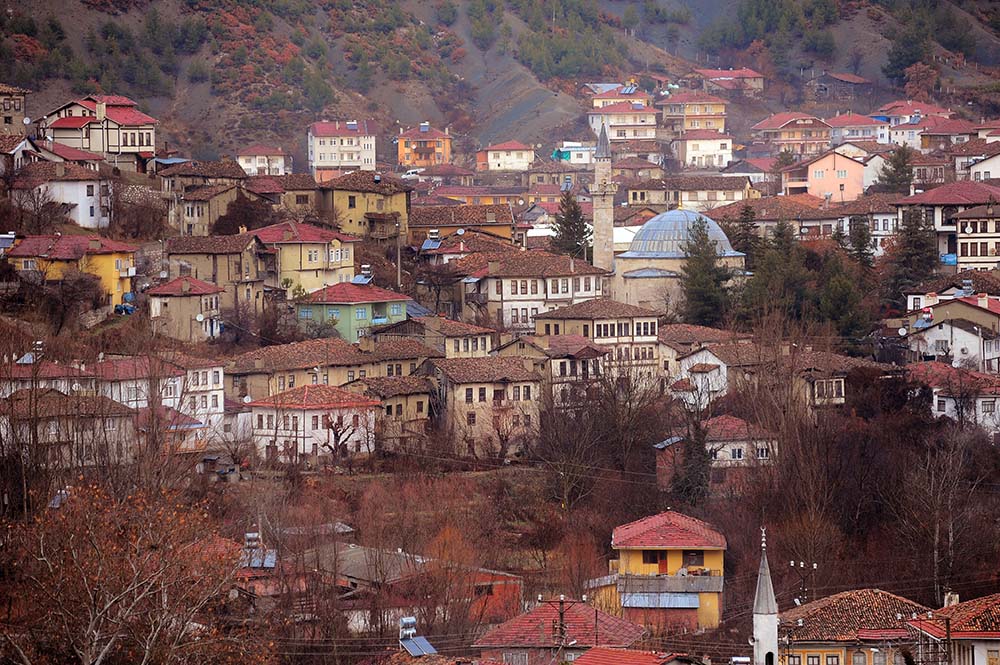
Tarakli district
- Sakarya Museum
- Earthquake Culture Museum
- Ali Fuat Paşa Kuvayı Milliye Museum.
At the opposite of Sakarya Train Station, Sakarya Museum had Mustafa Kemal Atatürk and his mother as their guests for three days in 1922. The museum was opened to the community in 1933 and includes historical artifacts from the Roman and Byzantine periods, as well as the Ancient Ages and the Ottoman and Republic Periods. Earthquake Culture Museum hosts before-and-after photos of major earthquakes that happened in 1967 and in 1999. It is also possible to see objects related to earthquakes in this museum.
Sakarya shares Sapanca Lake with İzmit province as a sort of mutual tourism area. As a tectonic fresh water lake, Sapanca is visited by countless tourists. Sixty-nine bird types were observed to be living around the lake. Water pollution causes damage to the ecosystem, though. Summer resorts built around the lake have over time begun to pollute the water. There are also restaurants around peaceful Sapanca Lake.
In Sakarya, there are power plants which supply energy for most of the country. The province is one of the leading cities in this area. Another important industrial branch of Sakarya is mining. Iron, zinc, titanium, and manganese processing is carried out in the city.
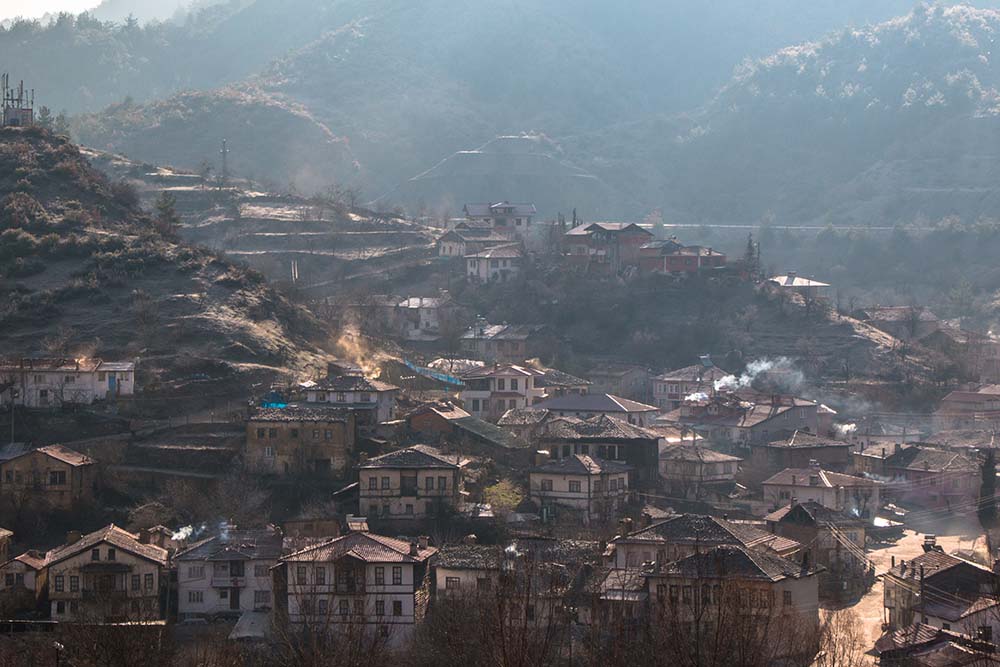
Beautifull view of the village Tarakli.
Cuisine
Famous for local dishes, Sakarya also includes dishes of Balkan, Caucasian, and Manav Turks in its cuisine. Among the dishes of Caucasian cuisine are sızbal, circassian chicken, abısta, netle soup, mıhlama, black cabbage soup, pilaff with anchovy, and laz burek. Islama meatball and boza belong to Rumelia and have become culinary symbols of the city. Famous Balkan dishes are Bosnian bourek, Pomak pastrami, Albanian liver, kaçamak, and liver stuffing. The most known dishes of Turkish Communion are buttered keşkek, bazlama, squash desserts, fig dessert, and milky grape.
How to Get There
You can get to the city center in short order using bus-network from Istanbul, as the city is in the main line. Highway is another option for brief and safe travels. Lastly, railway transportation is also available.

